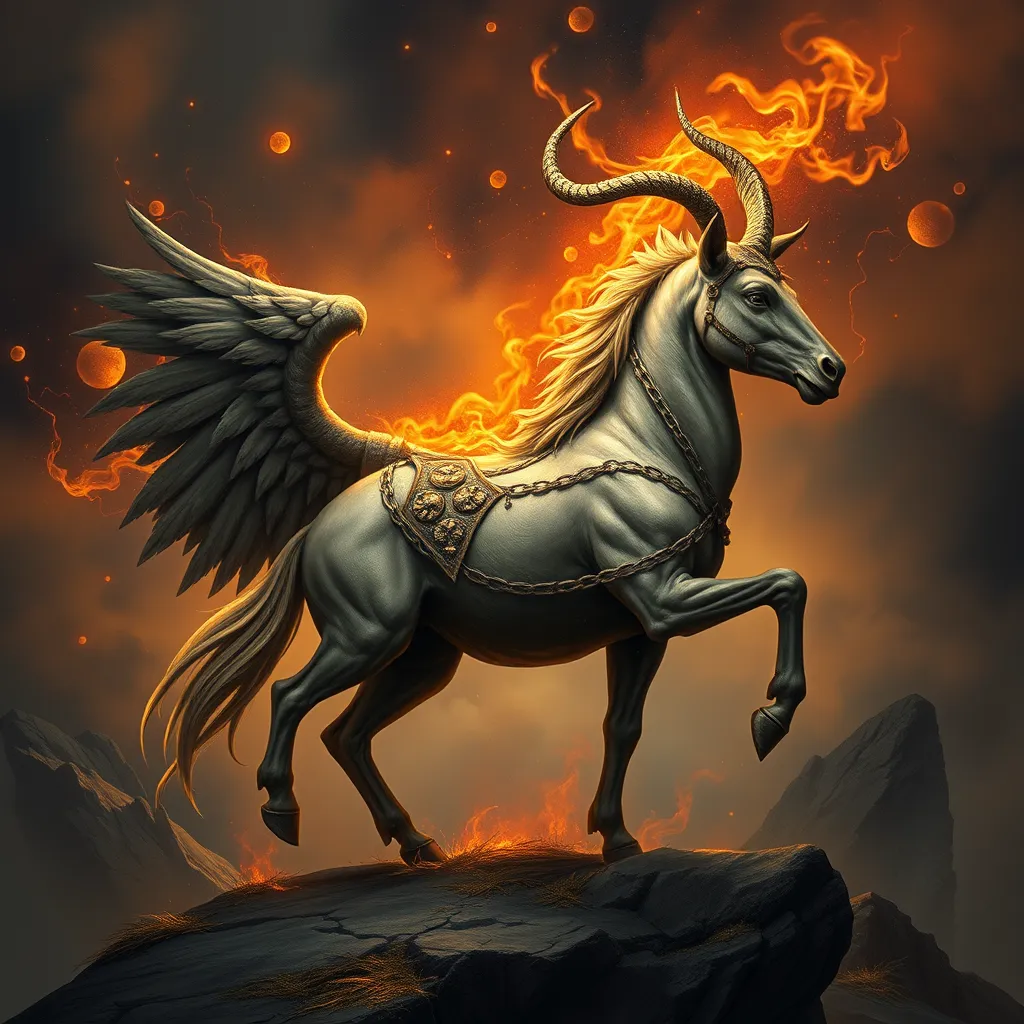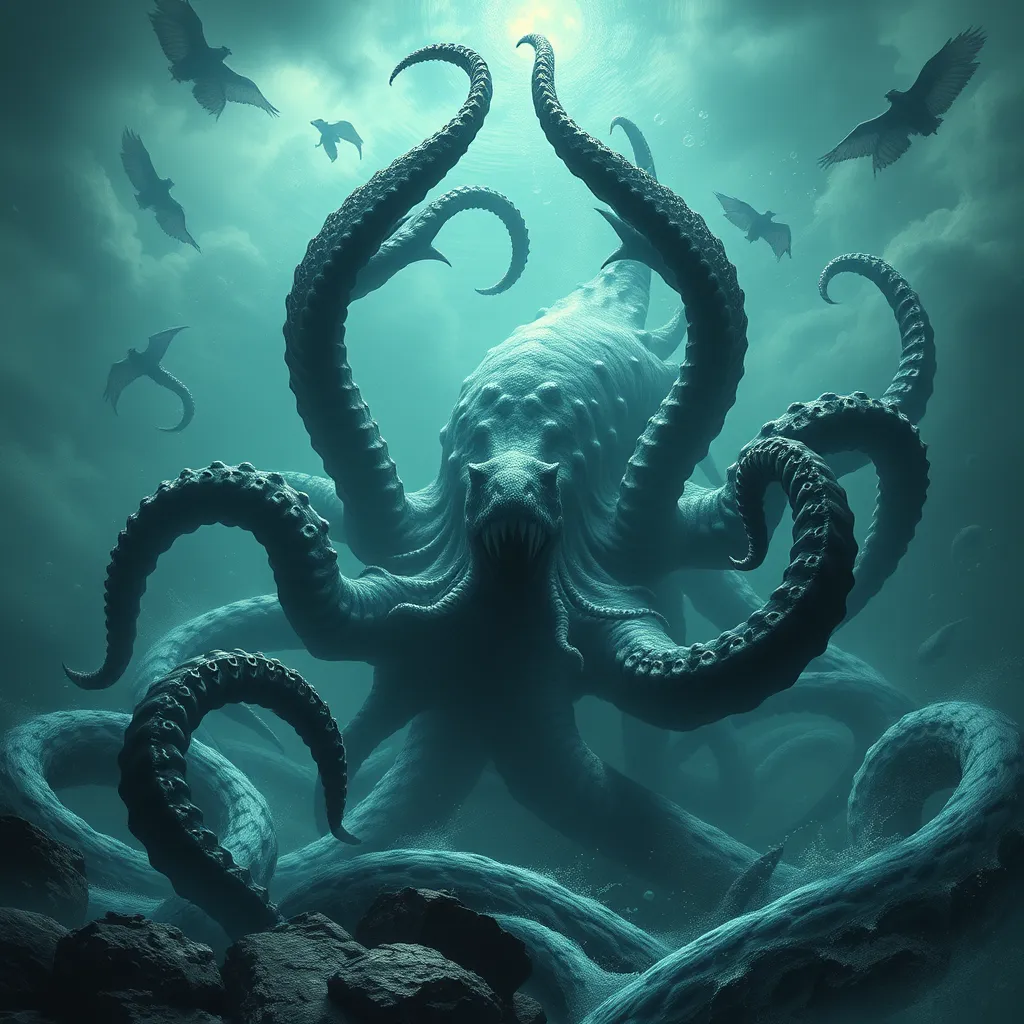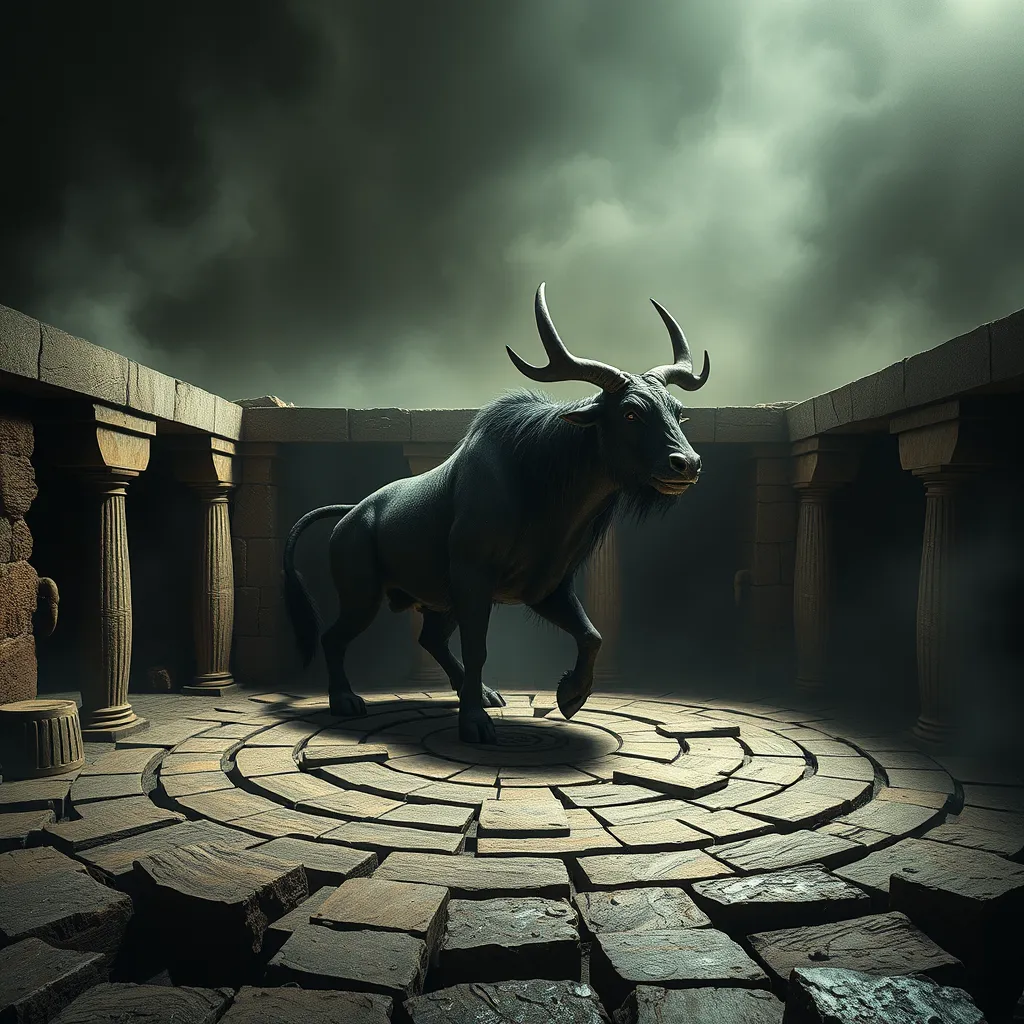The Centaur’s Connection to the Gods: The Centaur’s Role in Norse Mythology and Religion
I. Introduction
Centaurs, the fascinating creatures that are half-human and half-horse, hold a significant place in various mythologies, particularly in Greek mythology. However, their presence in Norse mythology is less well-documented yet equally intriguing. In this article, we will explore the role of centaurs within the framework of Norse mythology, delving into their characteristics, relationships with the gods, and their symbolic meanings.
Norse mythology is a rich tapestry of gods, goddesses, and mythical beings that shaped the beliefs and practices of the ancient Norse people. The pantheon includes deities such as Odin, Thor, and Freya, each with their unique attributes and stories. Understanding the centaur’s place within this context allows us to appreciate the complexity of hybrid beings in mythology.
The purpose of this article is to examine the role of centaurs in Norse mythology and religion, uncovering their significance, symbolism, and the impact they have made on both ancient and modern interpretations of mythological narratives.
II. Origins of Centaurs in Mythology
The concept of centaurs originated in ancient Greek mythology, where they were often depicted as wild and unruly beings, embodying both the primal aspects of nature and the civilized traits of humanity. Historical context shows that centaurs emerged during a time when cultures were exploring the duality of human existence, leading to the creation of hybrid beings that represented the conflict between civilization and savagery.
When comparing centaurs in Greek and Norse mythology, we find distinct differences in their portrayal. In Greek mythology, centaurs like Chiron are often wise and noble, serving as mentors to heroes. In contrast, Norse mythology does not feature centaurs as prominently, but the idea of hybrid beings resonates through other figures, such as trolls and giants.
The significance of hybrid beings in mythological narratives often lies in their ability to bridge the gap between different worlds—human and divine, civilized and wild. This duality enhances the richness of myths and provides deeper insights into the human condition.
III. The Centaur Archetype in Norse Mythology
While direct references to centaurs in Norse mythology are scarce, the archetype’s characteristics and symbolism can still be discerned. Centaurs are often associated with strength, freedom, and the untamed aspects of nature. They embody a blend of human intellect and animal instinct, making them complex figures within the mythological narrative.
Norse texts and sagas, while not explicitly mentioning centaurs, do reference various beings that share similar traits. For example, the depiction of riders on horseback, powerful warriors, and shapeshifters aligns with the characteristics of centaurs. Notable figures such as the Valkyries, who ride into battle on steeds, reflect the connection between humanity and the divine.
In the context of Norse mythology, the centaur can symbolize the balance between order and chaos, representing the struggles faced by the gods and humans alike.
IV. Centaurs and the Norse Pantheon
The relationships between centaurs and Norse gods, while not explicitly defined, can be explored through the lens of hybrid beings in mythology. Centaurs may represent the raw forces of nature that the gods must contend with, serving as both adversaries and allies in various mythological tales.
Centaurs play a role in the creation and maintenance of the cosmos by embodying the chaotic elements of the natural world. In Norse belief, the gods often relied on their strength and cunning to tame these forces, reflecting the ongoing battle between order and chaos.
Moreover, centaurs could also be seen as mediators between humans and gods, embodying the wildness of nature while possessing an understanding of the divine. This duality allows them to bridge the gap between the mortal realm and the world of the gods.
V. Mythological Tales Involving Centaurs
Although specific tales of centaurs in Norse mythology are limited, we can analyze the broader themes present in stories involving hybrid beings. For instance, tales of warriors who ride into battle often echo the centaur’s spirit of freedom and strength.
Key stories featuring equestrian figures in Norse mythology often explore themes of heroism, sacrifice, and the connection between humanity and the divine. The Valkyries, who select the slain to join Odin in Valhalla, exemplify the blend of strength and grace associated with centaurs.
The morals within these stories often emphasize the importance of balance—between human intellect and animal instinct, chaos and order. They serve as reminders of the complexity of existence and the necessity of understanding both sides of our nature.
VI. The Symbolism of Centaurs in Norse Religion
The duality of the centaur—combining human and beast—carries profound symbolism in Norse religion. It represents the internal struggle that individuals face, balancing their civilized selves with their primal instincts. This duality is reflected in various mythological narratives, where characters often navigate the tumultuous waters of their own nature.
Furthermore, the centaur can symbolize nature itself, embodying both its beauty and its chaos. In Norse spirituality, nature was revered, and understanding its wild aspects was crucial for survival and harmony. Centaurs, as embodiments of nature, remind us of the importance of respecting the natural world around us.
Centaurs may also have played a role in rituals and spiritual practices, representing the connection between humans and the divine. Their hybrid nature could serve as a symbol for transformation and transcendence in Norse spirituality.
VII. The Legacy of Centaurs in Modern Interpretations
The influence of Norse mythology continues to resonate in contemporary culture, with centaurs being embraced in various forms of literature, art, and media. From fantasy novels to movies, centaurs are often portrayed as noble beings, warriors, or even wise mentors, echoing their Greek counterparts.
Modern interpretations of centaurs often reflect the ongoing fascination with hybrid beings and their symbolic meanings. They serve as a reminder of the complexity of existence and the need to reconcile the various aspects of our identities.
The resurgence of interest in Norse mythology has led to a renewed exploration of its creatures, including centaurs, as people seek to understand their significance in both ancient and contemporary contexts.
VIII. Conclusion
In summary, while centaurs may not hold a prominent place in Norse mythology compared to their Greek counterparts, their role and significance can still be discerned through the exploration of hybrid beings and their symbolism. They represent the duality of existence, the struggle between chaos and order, and the connection between humanity and the divine.
The enduring legacy of centaurs in mythological discourse highlights the timeless nature of these creatures and the lessons they impart. As we reflect on their role within the broader context of mythology, we gain insights into our own beliefs and the complexities of our existence.
Ultimately, the intersection of mythology and contemporary beliefs continues to inspire interest and exploration, reminding us of the rich tapestry of stories that shape our understanding of the world.



